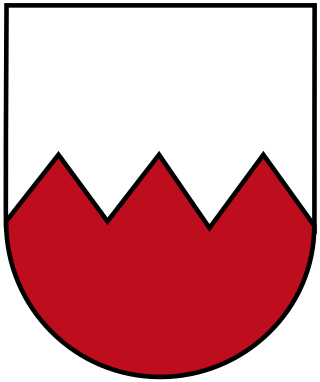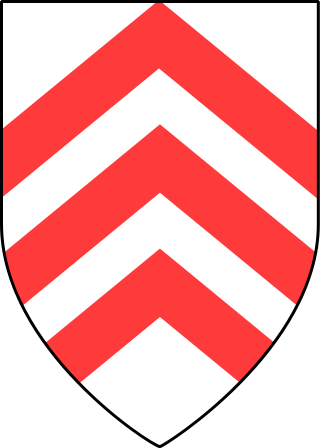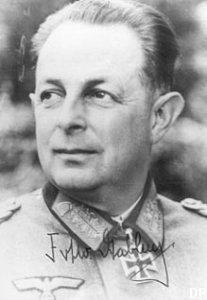
The German 73rd Infantry Division or in German 73. Infanterie-Division was a German military unit which served during World War II. The division consisted of more than 10,000 soldiers, primarily of the infantry branch, with supporting artillery. The division was only semi-motorized and relied on marching for the infantry units and horse-drawn transport for most of the support equipment, especially the artillery.

The German 23rd Infantry Division, later the 26th Panzer Division, was a military unit operational during World War II. It was organized along standard lines for a German infantry division. It was non-motorised and relied on horse-drawn wagons for its mobility. The unit carried the nickname Grenadierkopf.

The 218th Infantry Division (218.Infanterie-Division) was an infantry division of the German Army that served in World War II.

The 13th Panzer Division was a unit of the German Army during World War II, established in 1940.

The 22nd Infantry Division, which soon became the 22nd Air Landing Division, was a specialized German infantry division in World War II. Its primary method of transportation was gliders. The division played a significant role in the development of modern day air assault operations. Towards the end of the war, the formation was reshaped into the 22nd Volksgrenadier Division.
The XXVIII Army Corps was a corps which served in Nazi Germany's Wehrmacht during World War II. The corps was created on May 20, 1940 in Wehrkreis III. During the war, the corps was subordinated to the German 6th, 16th, 18th, and 3rd Panzer Armies. In 1945, the corps was briefly named Armeeabteilung Samland. The corps fought in Samland until annihilated in late April 1945.

The 6th Infantry Division was a unit of the German Army during World War II.

The 32nd Infantry Division of the German Army was mobilized on 1 August 1939 for the upcoming invasion of Poland. At that time, it consisted of the usual German infantry division elements: three infantry regiments of three battalions each, one three-battalion regiment of light artillery, one battalion of heavy artillery, a Panzerjäger (anti-tank) Battalion, a reconnaissance (Aufklärungs) Battalion, a Signals Battalion, a Pioneer (Engineer) Battalion, and divisional supply, medical, and administrative units.
The 7th Infantry Division was a formation of the German Wehrmacht during World War II.

Eccard Freiherr von Gablenz was a German general in the Wehrmacht during World War II who commanded several divisions. He participated in the campaigns of Poland, France and the invasion of the Soviet Union. Gablenz stayed on the Russian Front from 1941 to 1943. He later assumed command of the 232nd Infantry Division in Italy, a command he held until the final surrender in May 1945.

The Spring 1945 offensive in Italy, codenamed Operation Grapeshot, was the final Allied attack during the Italian Campaign in the final stages of the Second World War. The attack into the Lombard Plain by the Allied 15th Army Group started on 6 April 1945 and ended on 2 May with the surrender of German forces in Italy.

The 81st Infantry Division was an infantry division of the German Army during World War II. It was active from 1939 until 1945 and served primarily on the Eastern Front.

The 384th Infantry Division was formed during the winter of 1941/42, as part of the 18th wave. All infantry divisions of this wave, numbers 383 to 389, were referred to as “Rhine Gold” divisions. The 384th was sent to the 3rd Panzer Corps, 1st Panzer Army, just in time to be involved in defensive fighting during the Soviet offensive in the Second Battle of Kharkov, early in the summer of 1942. Afterwards, the division took part in the offensive operations that led to Stalingrad. After the Soviet counteroffensive, Operation Uranus, most of the combat elements of the division were split between the 44th and the 376th Infantry Divisions, but both were surrounded at Stalingrad and destroyed.
The 290th Infantry Division was a German infantry division in World War II. It was formed in the Munster Training Area in Wehrkreis X on 6 February 1940 and surrendered to Soviet forces at the end of the war as part of Army Group Courland.
The 84th Infantry Division was an infantry division of the German Heer during World War II.
The 89th Infantry Division was an infantry division of the German Heer during World War II.

The 211th Infantry Division was a German infantry division of the German Heer during World War II, active from 1939 to 1944.

The 237th Infantry Division was an infantry division of the German Heer during World War II. The division was active from 1944 to 1945.
The 180th Infantry Division was an infantry division of the German Heer during World War II. The unit, at times designated Commander of Reserve Troops X/II, 180th Division, Division No. 180, and Operation Division No. 180, was active between 1939 and 1945.
The 196th Infantry Division was an infantry division of the German Heer during World War II.













